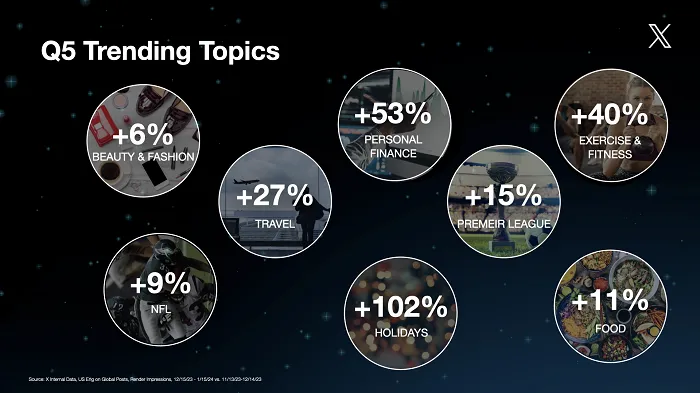Hybrid Cloud is a new way of looking at how data center resources are managed. It’s not just going to be about the cloud anymore, but instead combining public and private resources to find a balance that best suits your company. This article will help you understand what a hybrid cloud is, how it can benefit your company, and some of the tools you can use to get started.
What is a Hybrid Cloud?
A hybrid cloud is a computing infrastructure that blends the benefits of both on-premises and public cloud computing infrastructures. The key advantages of using a hybrid cloud are that it allows you to:
1. Insulate your data and applications from specific cloud providers.
2. Scale your application(s) across multiple clouds to meet changing business needs.
3. Take advantage of the best features offered by public and private clouds while mitigating any security risks associated with these types of environments.
4. Minimize the cost, complexity, and time required to implement and manage a hybrid cloud solution.
5. Increase agility and responsiveness to market changes by leveraging the rapid elasticity afforded by public and private clouds.
Benefits Of a Hybrid Cloud
A hybrid cloud is a computing model that blends the benefits of on-premises and public cloud computing infrastructure. Businesses can take advantage of the agility and scalability of a public cloud while still having the security and control of on-premises resources.
Hybrid clouds can help businesses reduce costs and improve efficiency by leveraging private and public clouds to meet different needs. They can also enable better collaboration between business units by using shared resources. In addition, hybrid clouds can help organizations comply with regulations such as HIPAA or GDPR by integrating private clouds into their overall IT architecture.
Here are some advantages of using a hybrid cloud:
- Reduce costs: A hybrid cloud can reduce costs by combining the benefits of both private and public clouds. This can save businesses money on infrastructure costs and services they pay for separately from each type of cloud.
- Improve efficiency: By using both private and public clouds, a business can more easily find the resources it needs when it needs them. This improves efficiency by reducing wait times for requests and wasted time spent searching for resources that are not available.
- Enable better collaboration: A hybrid cloud allows different business units to collaborate more easily. By sharing resources, various groups can work on the same project or data simultaneously.
- Maintain a single policy: A hybrid cloud allows businesses to maintain a single security policy across all clouds and business units, which means that an organization can use one approach for managing access to all of its data and applications.
- Lower risk: The ability to manage risks across public and private clouds makes it easier for organizations to build disaster recovery and business continuity plans. Heterogeneous environments often require different solutions from each type of infrastructure, so the business will not lose essential services if one fails.
Tips for Using a Hybrid Cloud
Hybrid cloud computing is a technology that allows organizations to use both on-premises data centers and public clouds to manage their IT resources. This can help businesses save on infrastructure costs, improve asset management, and increase security.
There are a few tips for using a hybrid cloud:
1. Choose the right tools. Hybrid clouds rely on various technologies, so choosing the right tools for the job is essential. For example, you might need a platform like Office 365 to manage data in the cloud and on-premises servers.
2. Plan ahead. Before you create a hybrid cloud, plan what you’ll need to do to move your data and applications to the cloud. This includes preparing your networking, storage, and application infrastructure.
3. Don’t overspend. If you’re using a public cloud, ensure you’re paying for the services you need and not overspending on unnecessary features or services. You also must remember that the more resources you use, the more expensive your subscription will be.
4. Monitor your spending. As with anything else in life, if you overspend on your hybrid cloud, you’ll likely pay for it down the road. For example, if you go with the wrong type of cloud service for your needs, you’ll need to upgrade or use more resources than you intended.
5. Don’t trust the cloud vendor. There’s a lot of hype surrounding cloud vendors and their offerings, but you can’t trust their claims about the features and services they provide. Take time to test various options with your own hands and build a plan ahead of time instead of trusting others’ promises.
6. Have an understanding of disaster recovery planning. If your organization plans on moving its data to a public cloud, be sure that it has a backup plan in place before doing so. This will be essential in protecting your data during any disaster or planned maintenance period at the cloud provider.
7. Know what to expect from your vendor. When you’ve configured and launched a cloud environment, monitor its performance and ask questions if you’re not getting the desired results. Be aware of any additional fees incurred by having your data hosted in the cloud (for example, backups will be less than those hosted by your cloud provider.)
8. Keep an eye on the cloud environment’s uptime. As long as the company’s chosen cloud provider handles the management and maintenance of your organization’s infrastructure, ensure that it stays up for your organization during regular business hours, at least for primary health testing purposes.
9. Understand how your company can scale out its data storage needs without jeopardizing its data security. Be aware of any additional fees incurred by storing your data in the cloud (for example, backups will be less than those stored on a portable hard drive.) If the cloud provider makes you your master, be wary of security threats. The same can be said for being your own storage master.
10. Understand what sort of data is not secure in the cloud and how sensitive it is to attacks from hackers and other malicious actors. For example, any credit card, bank account, or personally identifiable information should never be sent to a remote location – leave it at home!
Conclusion
As businesses increasingly rely on technology, it becomes ever more critical to have a strong understanding of the hybrid cloud. A hybrid cloud combines the benefits of both on-premise and public cloud computing, allowing organizations to take advantage of the best of both worlds without making any significant changes to their infrastructure. By taking advantage of the hybrid cloud, your business can ensure that its data is always available and protected while benefiting from fast and easy access to new technologies.



























































![LinkedIn Provides Tips on How to Promote Live Events [Infographic] LinkedIn Provides Tips on How to Promote Live Events [Infographic]](https://imgproxy.divecdn.com/kA4YczoBIs8NmPBiERWa-OxzvYMz5kwjjZ6wewP8z7c/g:ce/rs:fit:770:435/Z3M6Ly9kaXZlc2l0ZS1zdG9yYWdlL2RpdmVpbWFnZS9saW5rZWRpbl9ldmVudF9hZHNfaW5mb18yLnBuZw==.webp)











